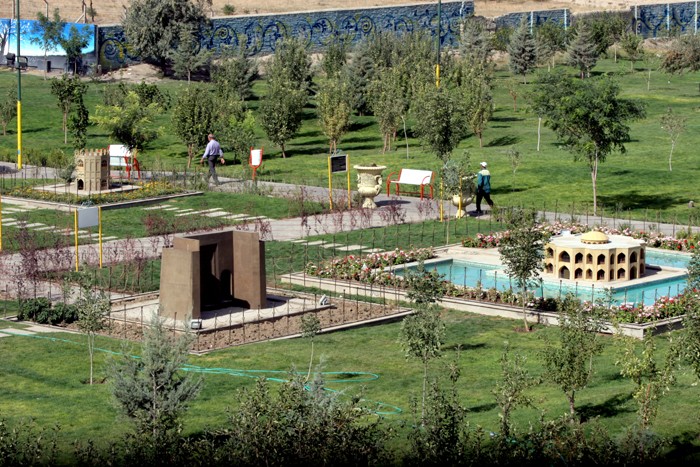
Qal’eh Dokhtar or Dokhtar Castle of Firouzabad
Fars province was the capital of the Sassanid dynasty for about 400 years and comprises many historical monuments. Qal’eh Dokhtar or Dokhtar Castle of Firouzabad, which was built as a defense fortress of the ancient Sassanid city of Gur, is located in the boundaries of Firozabad city, and at a distance of about 110 kilometers from Shiraz. In 1938, this building was inscribed on the list of Iran’s national heritage.
History of Dokhtar Castle of Firouzabad
According to archaeological findings, Dokhtar Castle was built in 224 AD. The purpose of building this castle was to protect the historical city of Gur (also called “Ardeshir Khoreh” or “Farr-e Ardeshir”), which was considered the capital of the Sassanids at that time. The castle was built on the top of the mountain so that it could have a good view of its surroundings. Dokhtar Castle has a good view of the surrounding areas of Tangab Valley. A spiral staircase was created from the bottom of the mountain to the entrance of Dokhtar Castle to make it accessible.
Gur City
Gur was located in a relatively flat plain, and because of the high surrounding mountains, which provided a kind of natural protection for it, it was the focus of the Sassanid kings. In addition, good water sources were also located near this city, which gave it a unique advantage. The evidence shows that even before the Sassanids, the Achaemenid kings paid special attention to this area and built a prosperous city there, which was submerged in a made flood during the attack of Alexander of Macedonia on Iran in 330 BC. However, Ardeshir Papakan (reigned from 224 to 242 AD) revived this city and returned it to prosperity and glory.
Ardeshir Papakan made Gur into a circular city, which had a diameter of 1950 meters, directed the water of the Dalaki River to it for agricultural purposes, and made it his capital. This city had four gates and the royal palace was built in the middle of the city.
Nomenclature
The religion of the Sasanian era was Mithraism and Anahita was considered to be the goddess of water and highly respected. Archaeological findings show that Ardeshir Papakan’s grandfather was one of the leading priests of Anahita Temple in the ancient city of Darabgerd, and Shapur I (Ardeshir’s father) was the caretaker of this temple.
Since Anahita was a symbol of purity the castle that was established to protect the important city of Gur was named Dokhtar (girl) Castle to honor this goddess of the Sassanids.
Architecture of Dokhtar Castle
Dokhtar Castle had been built over an area of nearly two thousand square meters and its fortifications continued from the lower parts of Tangab Valley to the highest point of the mountain. The construction shape of the building is rectangular and its dimensions are about 120 x 40 meters. Plaster and crushed stone are the main materials used in the construction of Dokhtar Castle. The walls around it are in harmony with the surrounding mountains and are located on steep rocks. This fort was built in such a way that the mountain rocks created chasms in the three directions of the north, west, and south and eliminated the possibility of penetrating it.
There were watchtowers on all the rocks and the only way to enter the castle was through the southern staircase, which is still standing. This entrance is located at the lowest level of the castle and in its southwestern part.
A cave can be seen in Dokhtar Castle, which was probably its secret communication route with the city of Gur. During the enemy’s attack, this route was used for supplying manpower, foodstuff, and weapons.
Dokhtar Castle was used as a military and residential building, and its main building was designed in three levels, in the form of three stair buildings. Each section has a special architecture and a spiral staircase connects them together. The remains of a magnificent porch and the dome that covered it can be seen at the end of the castle. There is a space near the eastern wall of the castle that according to some experts was the royal bathhouse.
The decorations used in Dokhtar Castle are similar to the decorations used by the Achaemenids in Persepolis.
Dokhtar Castle was inscribed on the list of Iran’s national heritage in 1973. It was also inscribed on UNESCO’s list of World Heritage in 2018.
Since Anahita was a symbol of purity the castle that was established to protect the important city of Gur was named Dokhtar (girl) Castle to honor this goddess of the Sassanids.
| Name | Qal’eh Dokhtar or Dokhtar Castle of Firouzabad |
| Country | Iran |
| State | Fars |
| City | Firozabad |
| Type | Historical |
| Registration | National |
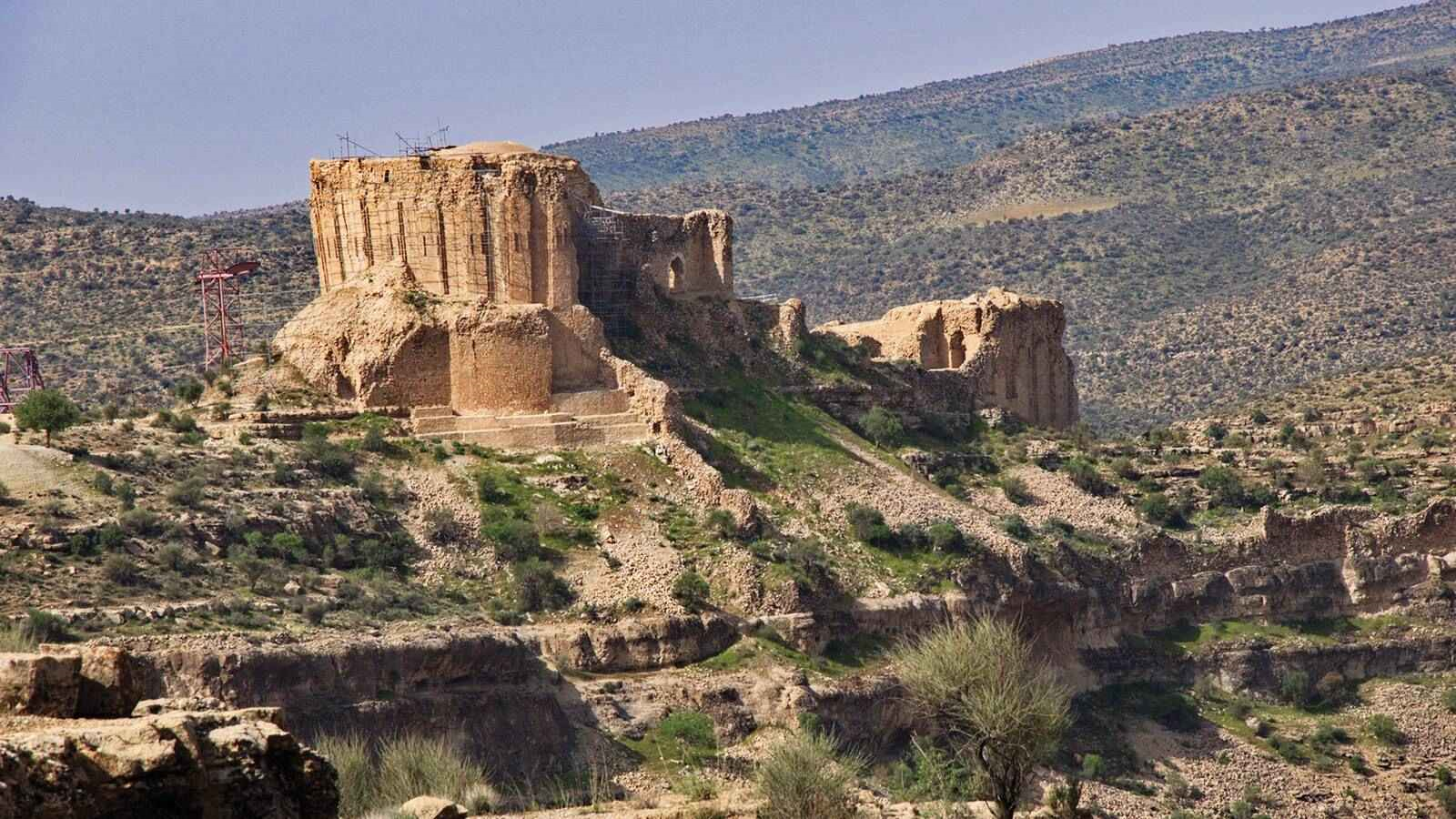

Choose blindless
Red blindless Green blindless Blue blindless Red hard to see Green hard to see Blue hard to see Monochrome Special MonochromeFont size change:
Change word spacing:
Change line height:
Change mouse type:
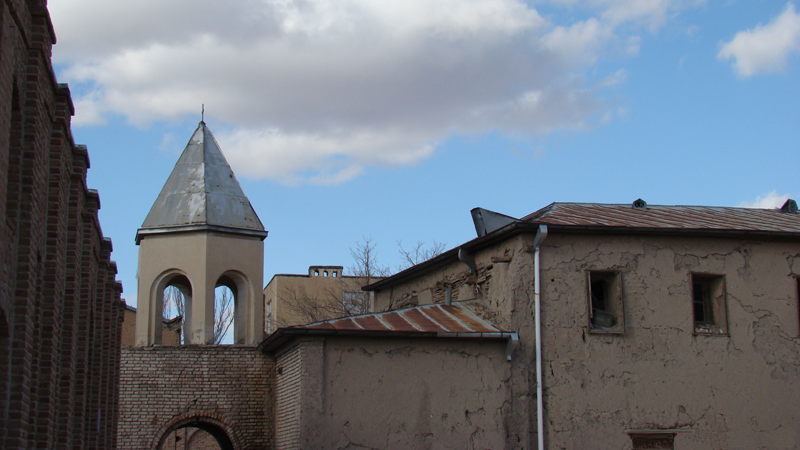
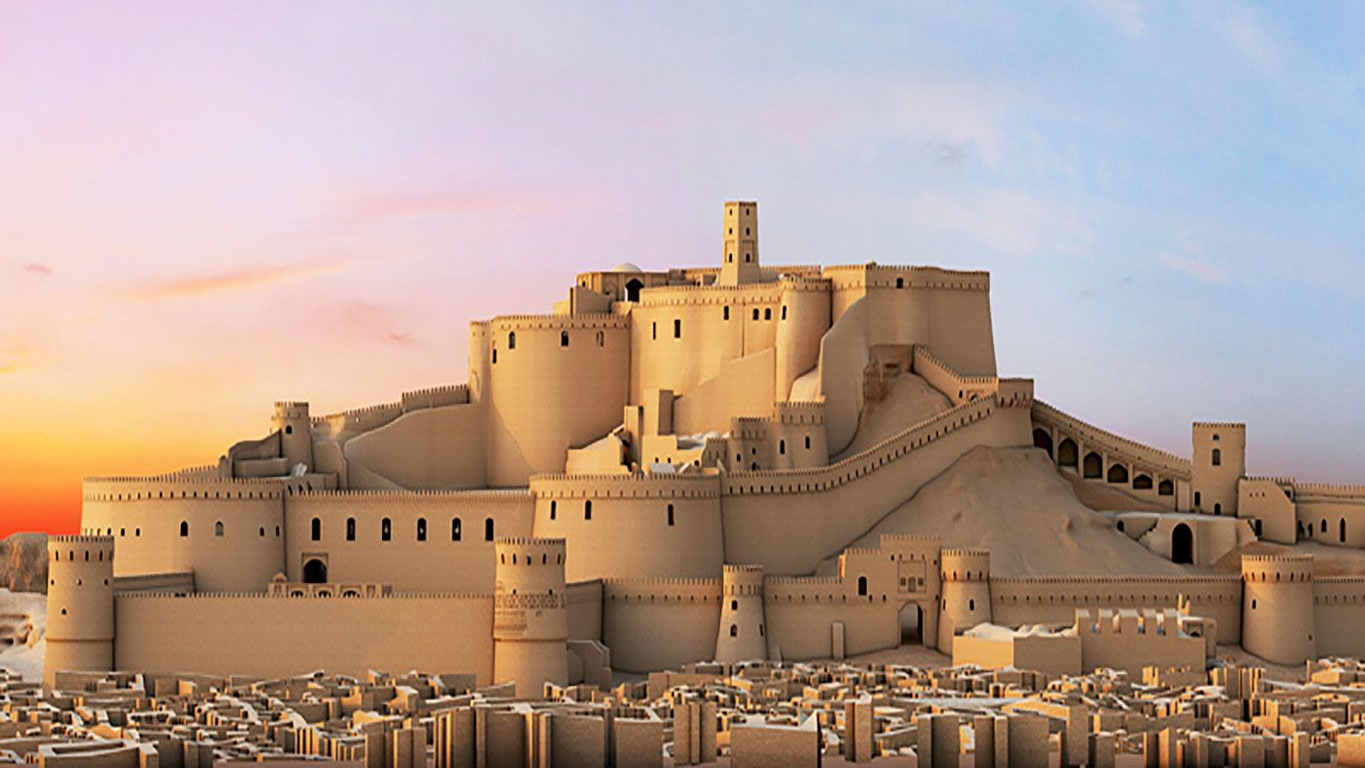
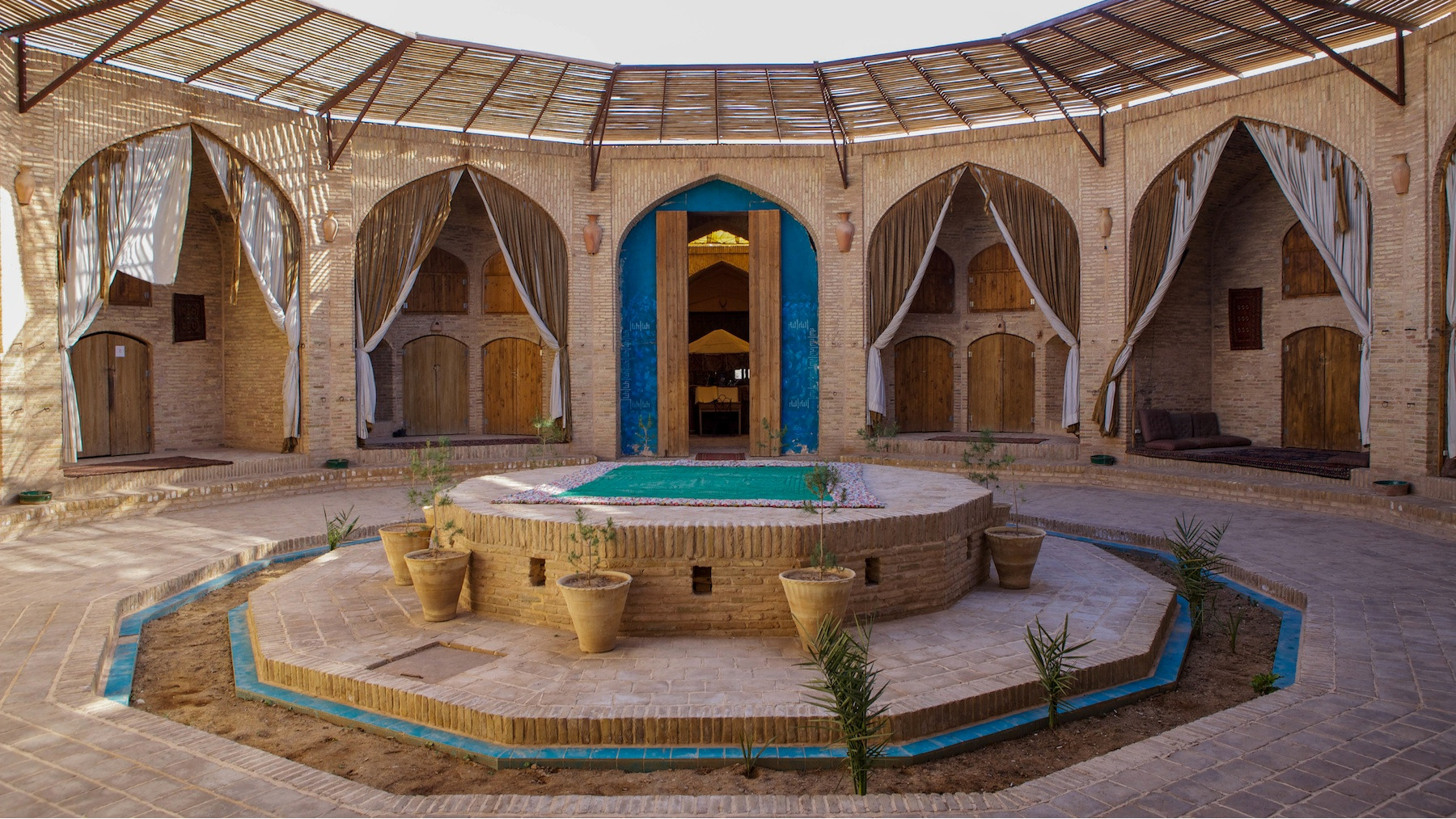
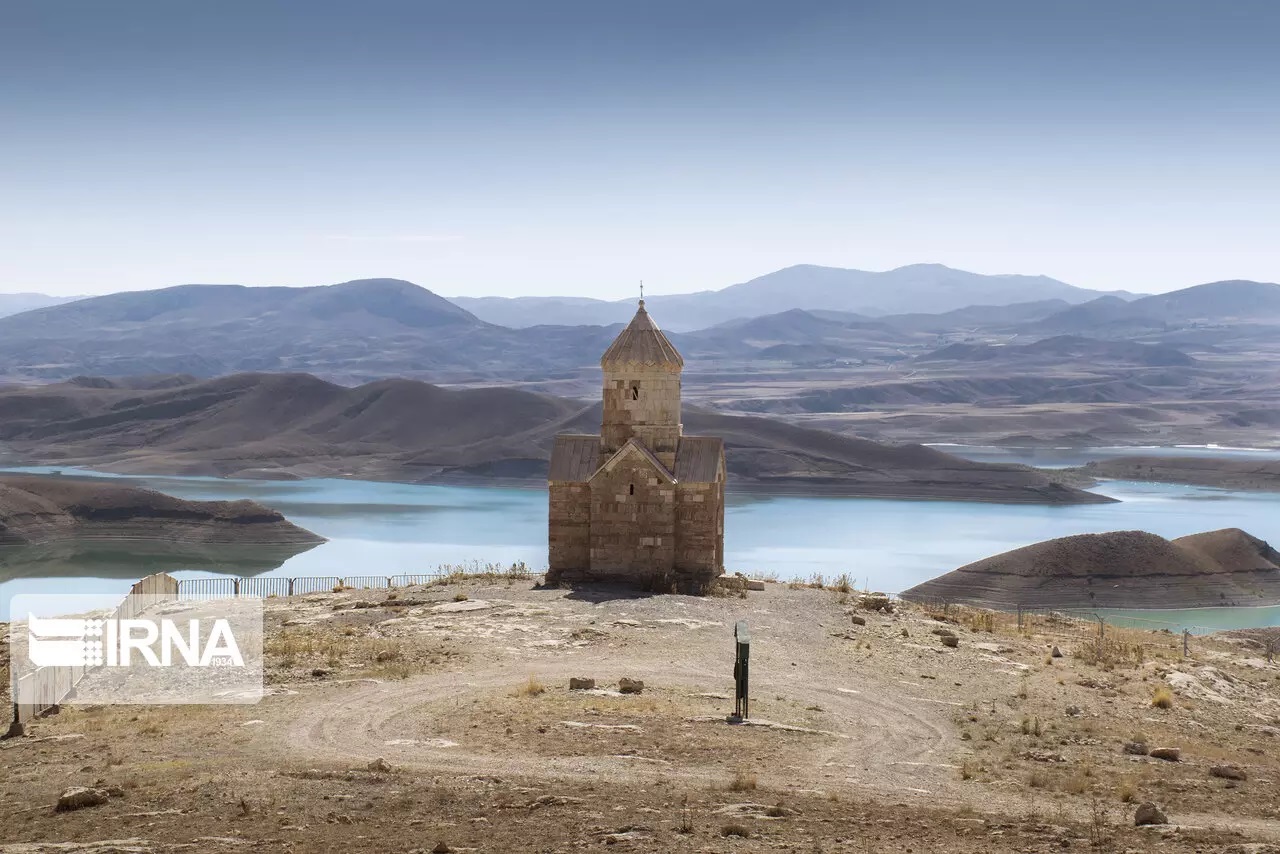

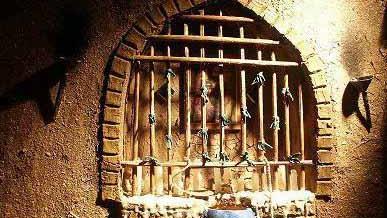
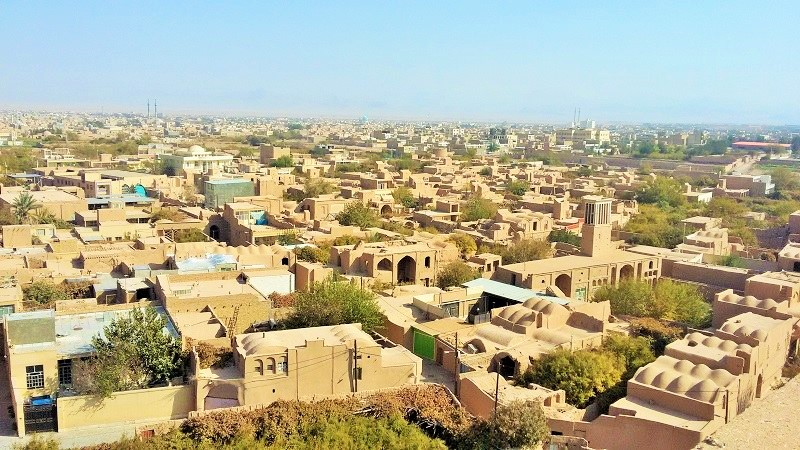


.jpeg)

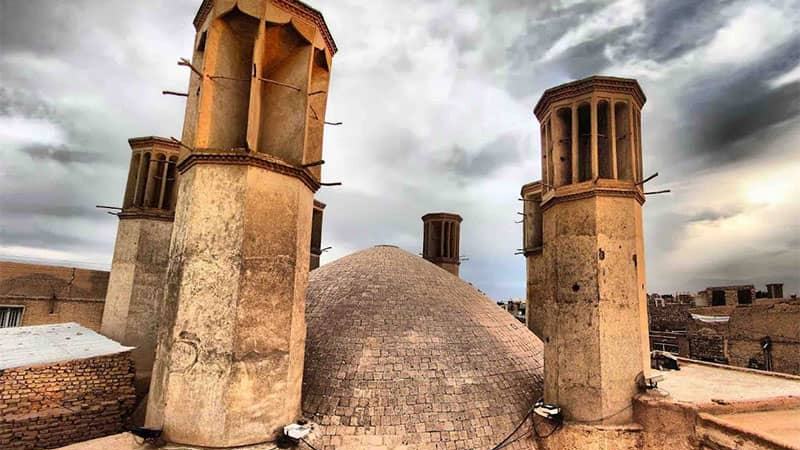
_crop_3.jpg)

